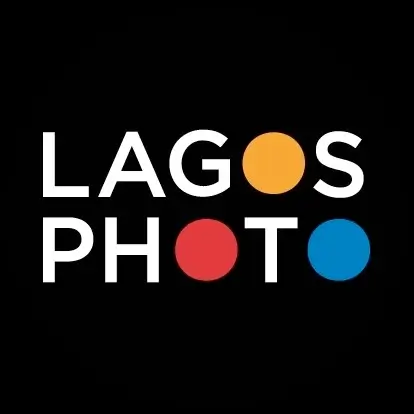Under the artistic direction of Azu Nwagbogu, founder of the
African Artists’ Foundation, the 2025 biennial explores the
theme ‘Incarceration’, delving into the visible and hidden dimensions of captivity that manifest across personal, political,
and collective life.
After fifteen years of championing photography as a platform
for exchange and critical reflection, the African Artists’ Foundation (AAF) is proud to announce that
LagosPhoto Festival will now take place in a biennial format, on view from October 25 – November 29, 2025.
This new chapter signals LagosPhoto’s growth in providing an expanded space for deeper reflection, diverse
programming, and wider impact. Under the theme of ‘Incarceration’, the 2025 biennial will explore the many
forms–imposed by the self or by others–that continue to threaten subjugated peoples in their efforts to shape
their futures and consider how images can serve as tools for enacting, cracking, and reimagining carceral
systems. The programming expands across four venues in Lagos and Ibadan, showcasing solo presentations,
artists’ collaborations, institutional exhibitions, screenings and talks. LagosPhoto’s first expansion to Ibadan will
showcase works that engage with the city’s urban and architectural dimensions of incarceration.
Manifested in many forms, incarceration may not be instantly apparent. The global carceral system is built on
institutions and policies justified by reformist ideals and the management of society’s perceived ills. But the less apparent dimensions of incarceration include psychological, ideological and spiritual cages, which are powerful
and deeply rooted precisely because they do not need walls to confine. They entangle the soul, conditioning
dreams, choices, and the very imaginations of freedom. These abstract forms of confinement—quiet, enduring,
and often internalized—are what make the carceral condition so insidious.
apparent dimensions of incarceration include psychological, ideological and spiritual cages, which are powerful
and deeply rooted precisely because they do not need walls to confine. They entangle the soul, conditioning
dreams, choices, and the very imaginations of freedom. These abstract forms of confinement—quiet, enduring,
and often internalized—are what make the carceral condition so insidious.
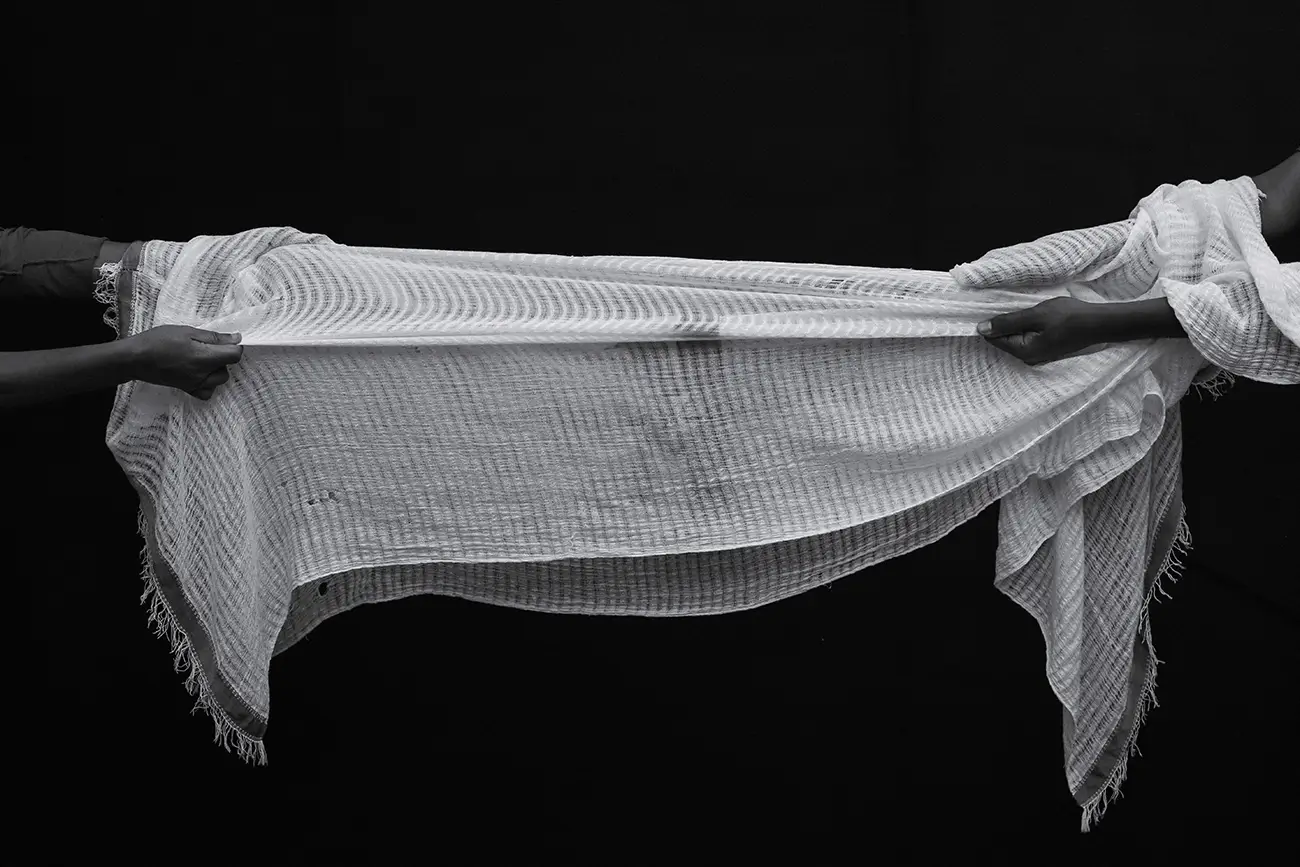
Untitled, 2021. From the series Eye of the Storm, 2023. © Geremew Tigabu, Courtesy of the artist and AAF
The carceral system relies on processes that surveil, police, and classify. Rendering visibility is inherent to these
processes, and throughout history, photography, as a technical medium in its purported objectivity, has been
deployed to serve that purpose. Photography and lens-based media played a pejorative role in conquest,
creating the visual propaganda that documented, justified, and sustained the colonial project. Yet photography
has also played a crucial role in many resistance and emancipatory efforts. It has documented moments of
social and political liberation, from jubilant celebrations surrounding independence declarations, to the
architectural visions of newly sovereign states, and to immortalizing the joys of daily life. It has also enacted
movements of aesthetic and technological liberation, from propelling modern reimagining of painting, and
enabling the abstraction of reality, to rendering time inside the picture plane. In these acts, photography becomes
a tool of empowerment, challenging systems of control, breaking bounds of perception and composition, and
reclaiming narratives and visibility on one’s own terms.
LagosPhoto continues AAF’s exploration of the scope of photography, embracing media forms and apparatuses
beyond the limits of a camera’s frame and cycles. Artists’ work spans figurative, abstract, scenic, and still-life
genres; manifests through printed, sculptural, woven, dyed, and performative forms; engages media including
image, film, sound, text, installation, and archival material; and employs manual, digital, terrestrial, and ancestral
technologies. Works on show test photography as a device for dialectical freedom and control, and image-
making both within and beyond colonial constructs of the camera.
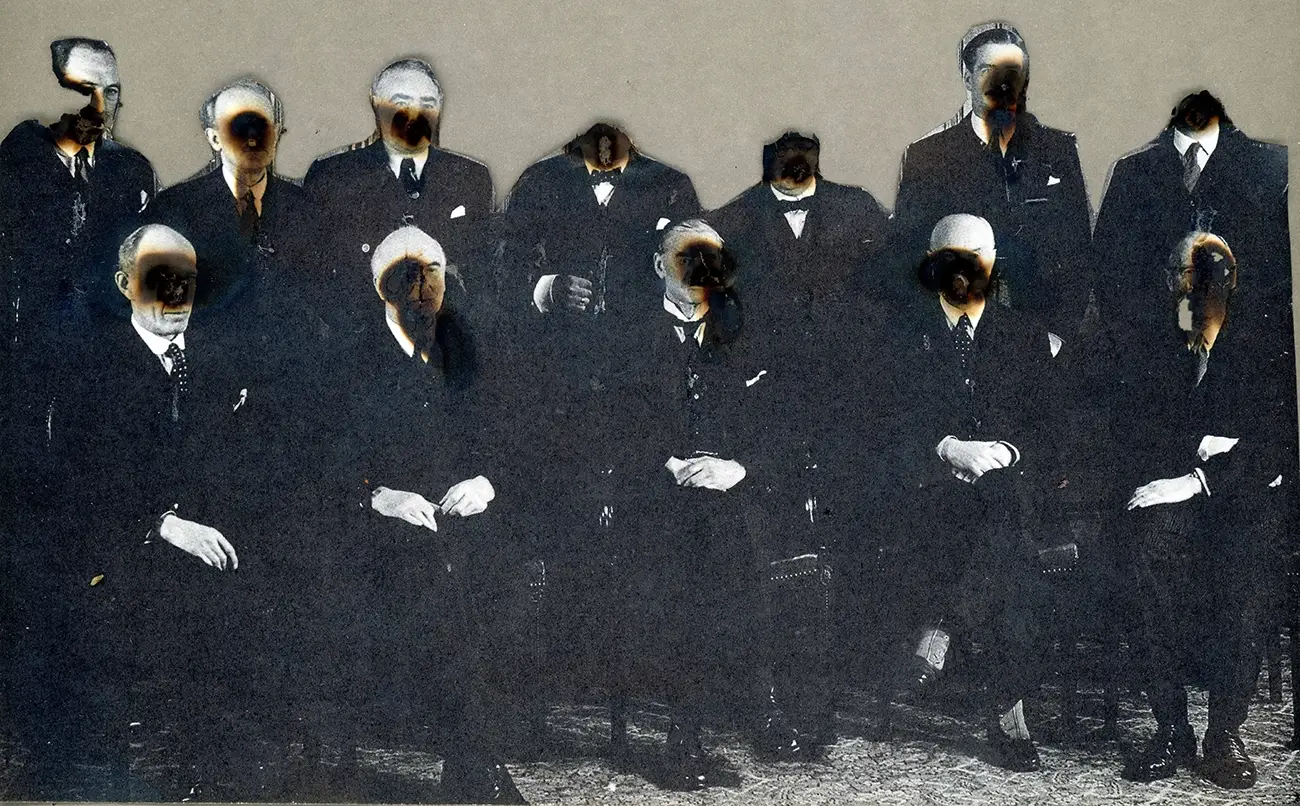
Good People, 2024. © Khanya Zibaya, Courtesy of the artist and AAF
Selected works probe the afterlives of trauma and deterritorialization, between personal memory and collective
dislocation: Ayobami Ogungbe’s woven series imagines the emotional textures of displacement, while Geremew
Tigabu renders ghostly landscapes shaped by conflict and its aftermath. On another note, Cesar Dezfuli and
Stefan Ruiz trace how their subjects navigate carceral and border systems through portraits that expand the
scope and temporality of ethnographic traditions. Additionally, artists like Yagazie Emezi and Nuotama Bodomo
rework ethnographic traditions through indigenous crafts and knowledge: Emezi’s spiritually guided practice
invokes ancestral memory through textiles, archives and ritual; while Bodomo’s work in film dismantles colonial
story forms through Afro-indigenous rhythms and compositions. Other artists reflect on psychological and
ecological devastation, from Shirin Neshat’s melody of haunting violence within states of apparent freedom, to
Sharbendu De’s speculations on futures of climate crisis.
As the first edition in a newly established biennial format, this year’s LagosPhoto marks the beginning of a
transformative and experimental chapter—one that builds on the festival’s 15-year legacy whilst forging fresh
dialogues and directions on invention, resistance and freedom. This slower format consists of open-call
selections and a curated core, with special focus on archival engagements, intertextual interpretations, and
research-based collections. Selected proposals span the African continent, its diaspora and global affinities,
while maintaining a strong core in Anglophone, Francophone, indigenous, and translocal West Africa. Projects
address critical issues of ecology, migration, identity, religion, and architecture, and excavate literary, luminous
and literal prison systems.
This year’s edition also activates historical spaces with a cultural impetus. Macro- and micro-exhibitions are
networked between historic sites of gathering, exchange, opening and containment, where works dialogue with
the historic shifts of the spaces they inhabit. In Lagos, the curated core projects are distributed across three
parallel venues: the African Artists’ Foundation (AAF) space, reopening after two years of closure; the nearby
Nahous Gallery, newly opened within the historic Federal Palace complex (a key venue for the FESTAC
celebrations of 1977, and where Nigeria’s Declaration of Independence was signed in 1960); and Freedom Park,
situated on the grounds of country’s first colonial prison, repurposed as a civic common.
As the Biennial’s footprint extends beyond Lagos to include Ibadan—a historic center and capital of Oyo State—
the New Culture Studio designed by Demas Nwoko in 1970 is activated for works that explore the urban and
architectural dimensions of incarceration. Additional spaces activated as satellite venues for this year’s edition
include Didi Museum and Alliance Française de Lagos.
LagosPhoto 25 is sponsored by the Ministry of Art and Tourism, National Geographic, Canon, Open Society
Foundations, and Nahous Gallery. LagosPhoto 25 is carried out with support from local creative houses Kòbọmọjẹ́ Artist Residency (K-AiR), Madhouse, and Wunika Mukan Gallery.
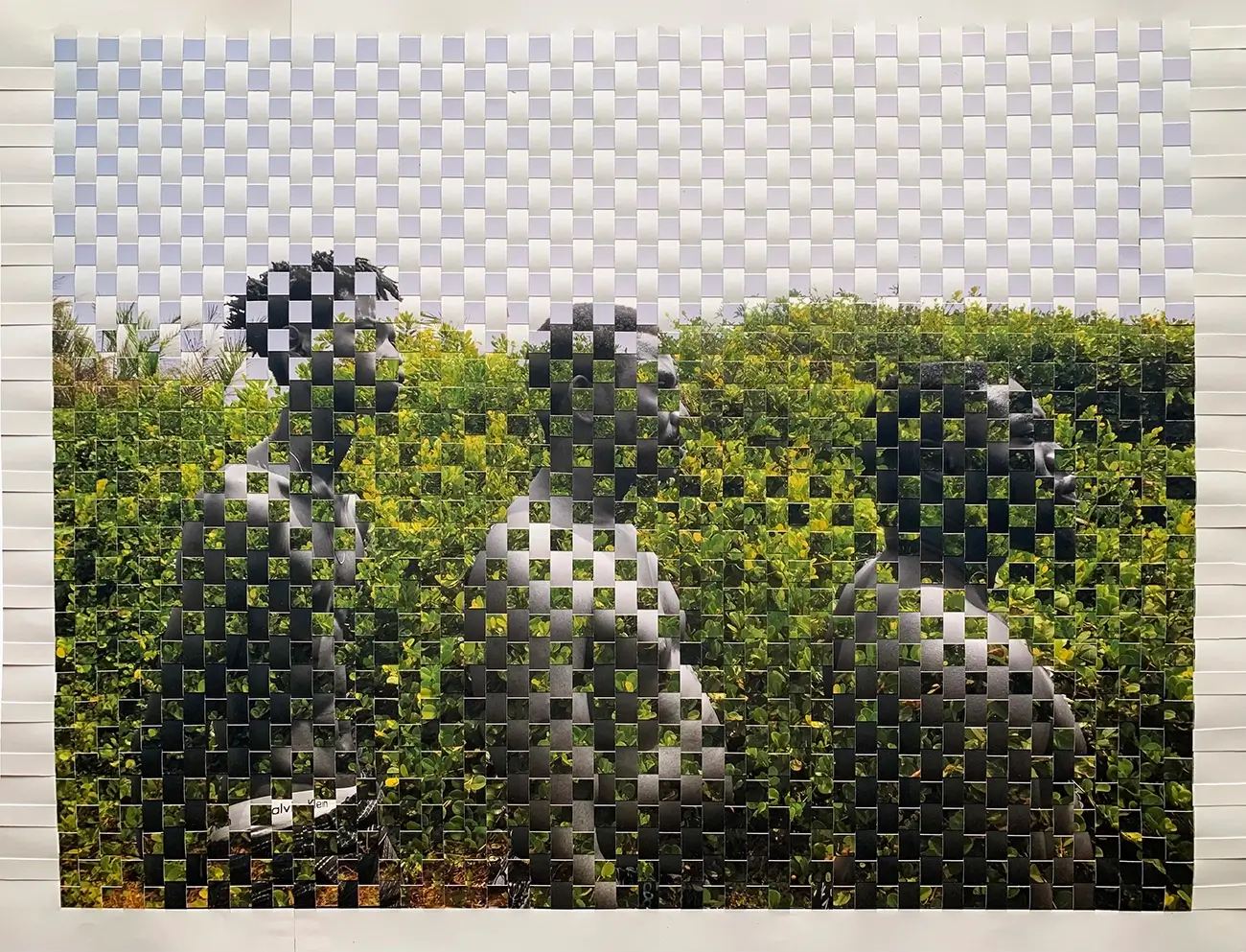
Brother's keeper, 2021. From Point of Return. 36 x 26 inches. © Ogungbe Ayobami, Courtesy of the artist and AAF
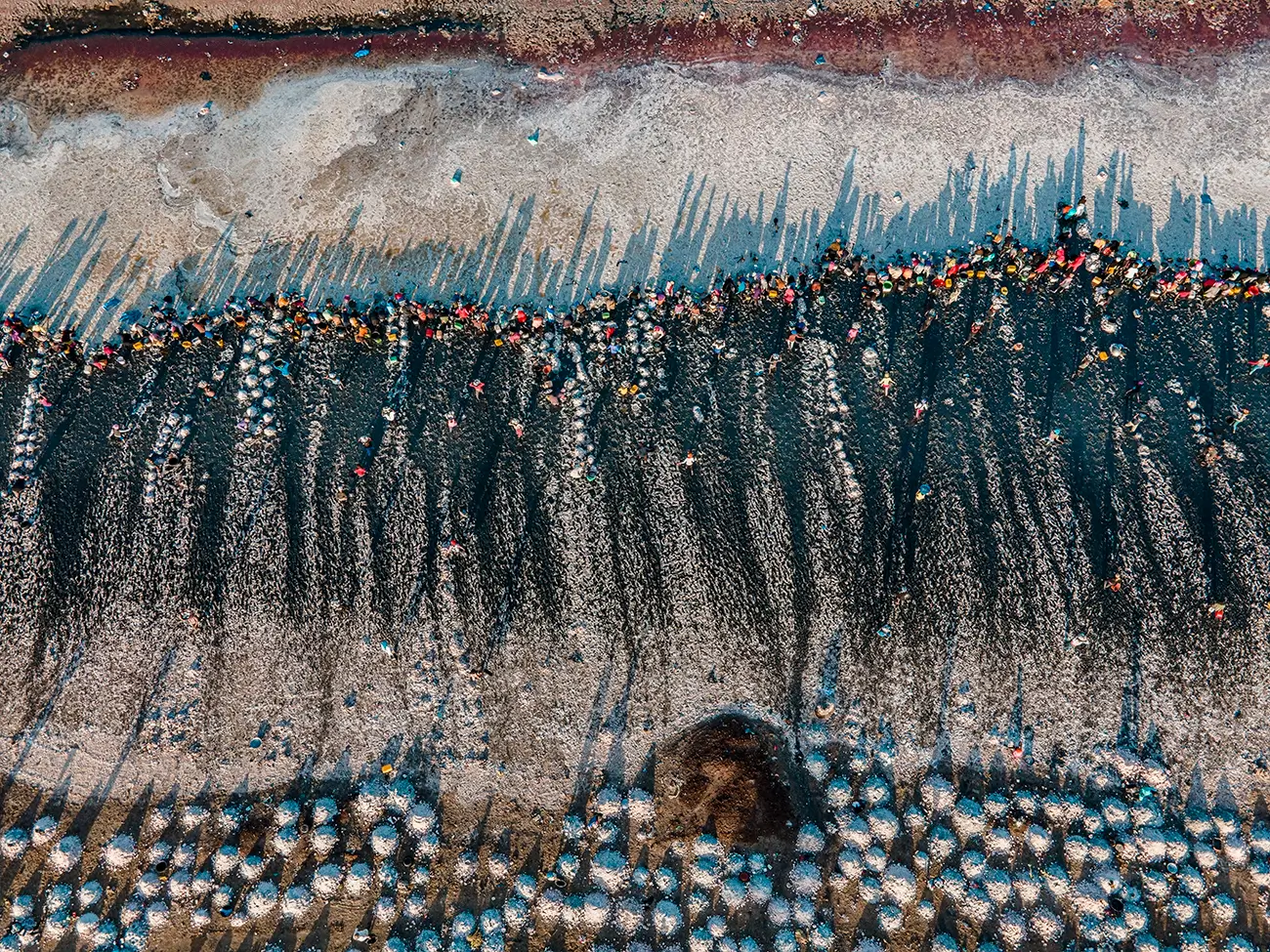
Untitled, from Or Blanc, 2023. © Massow Ka, Courtesy of the artist and AAF
African Artists’ Foundation (AAF), founded in 2007 in Lagos, Nigeria, is a decentralized, multivalent, metamorphic
art space that embraces community values and experimental artistic principles. AAF supports boundary-breaking
artistic ideas and promotes social justice issues, ecology, and community initiatives by empowering creative
expression. The foundation fosters a deeper understanding and appreciation of contemporary art, design, and
culture through residencies, workshops, exhibitions, and educational programs.
africanartists.org
About LagosPhoto:
Launched in 2010, LagosPhoto is the first international arts festival of photography in Nigeria. The festival
includes exhibitions, workshops, artist presentations, discussions, and large-scale outdoor prints displayed
throughout Lagos. LagosPhoto aims to establish a community for contemporary photography, uniting local and
international artists through images that encapsulate individual experiences and identities from across Africa.
The festival educates about photography as it explores historical and contemporary issues, shares cultural
practices, and promotes social programs.
www.lagosphotofestival.com
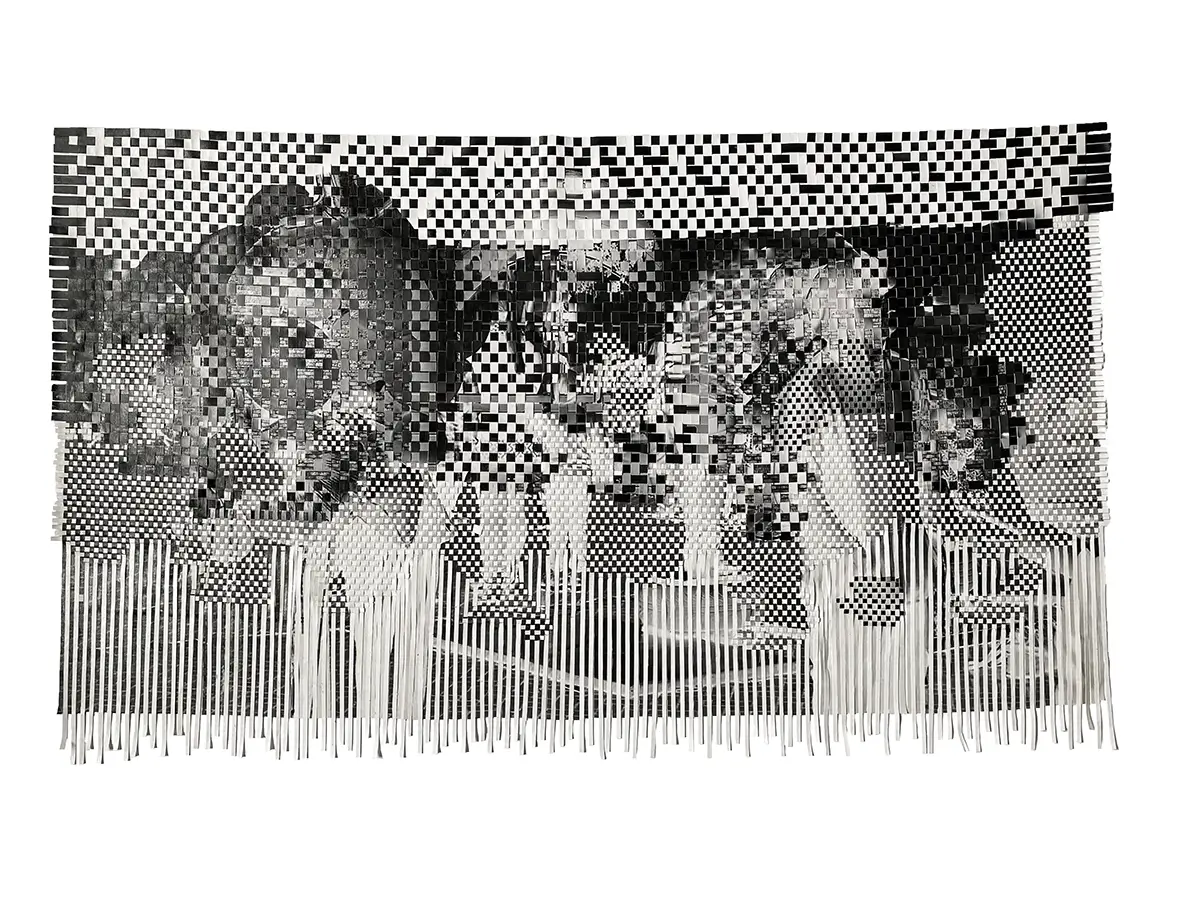
For The Love of God, 2025. Woven photographic print on canvas, 152.4 × 91.4 cm © Ayobami Ogungbe, Courtesy of the artist and AAF
